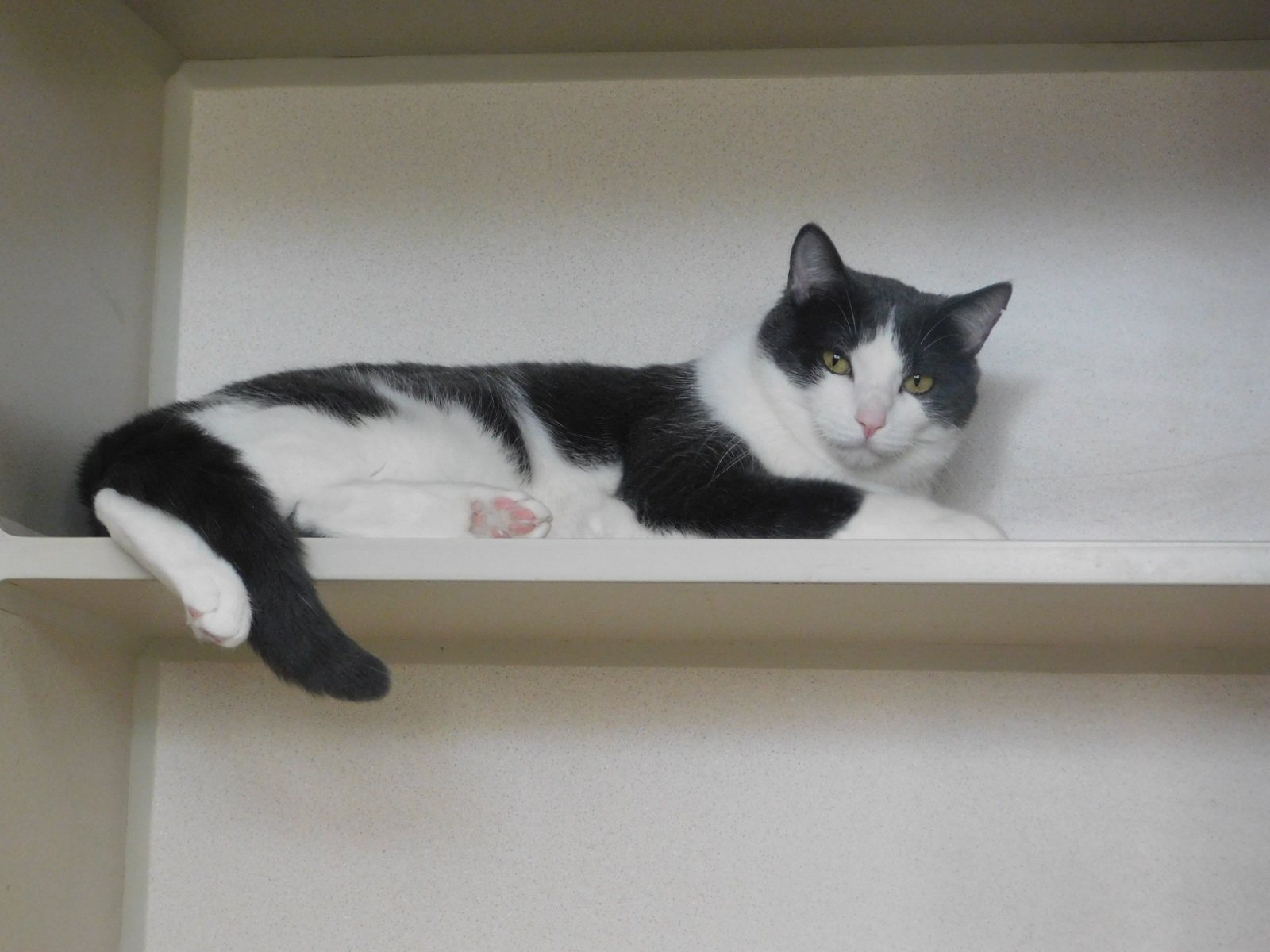
08 Nov Second Chance: How to I.D. a Cat
My name is Tommy and I have a pet (pun intended) peeve to share. According to the Humane Society of the United States, only 2 to 5 % of the millions of lost cats entering shelters annually nationwide are reunited with their owners. Compare that to dogs, who are reunited with owners at eight times the rate. Why? Because only 14% of cats arriving at shelters have identification as compared to 43% of dogs. What the fur ball is up with that?

Tommy
Are dog parents more responsible than cat parents? Do they care more than cat parents? No way. But cat parents you need to sharpen your nails and be more protective of your fur babies. I mean without proper identification, once we are lost we are pretty much living on luck to get back home.
I know all the reasons why cat parents don’t pursue this simple solution for protecting their pets. Some cat owners. for example, feel that if they have an indoor cat they don’t need to bother with the pesky collar. Others are turned away by the “fit of contempt” that often takes place for a first-time feline collar experiences. Another reason for the oversight is the concern of cat parents that the collar will get caught on something and choke or hang their feline. The response from the animal welfare industry is simply that the risk of that happening is far less than that of your cat becoming lost and unable to find its way home. But none of that is really relevant anyway now that microchipping is so easy.
Microchips are minute devices rather painlessly implanted in the subcutaneous layer of the pet’s skin. Despite rumors to the contrary, regular microchips do not have GPS capability to locate a missing pet, nor are they accessible by a satellite, so your pet cannot be tracked by a government entity or identified beyond a range of about three to 12 inches.
Microchip implants help to recover lost pets turned into an animal shelter, animal control, veterinarian’s office, or any entity utilizing scanners to identify lost animals. As with any ID method, it is imperative for pet parents to keep the information current. More than once, pets have arrived at Second Chance with a microchip that did not link to a working phone number or address, thus rendering it useless.
So, I survived Halloween and Daylight Savings – my next goal is to find a new home. I am an absolutely handsome, two-year-young , dark grey-and-white male. Currently I live inside the Cat Castle here at Second Chance, but really would prefer living outside or in a barn. It takes time for me to trust humans, but it is a worthy investment of your time as I become a charming and loving boy with those I let in. I now have a microchip, so I won’t lose my way ever again.
Vetting the Vet: Dr. Michelle Dally, DVM, J.D. is Medical Director of Second Chance Humane Society. She also has a private practice, Dally Veterinary Medicine, 333 S. Elizabeth Street, Ridgway, Colorado. Her service area is San Miguel Mesas, Placerville, Ridgway, Ouray, and Montrose. For more on Dr. Dally, go here.

Michelle & Wallowby


Sorry, the comment form is closed at this time.